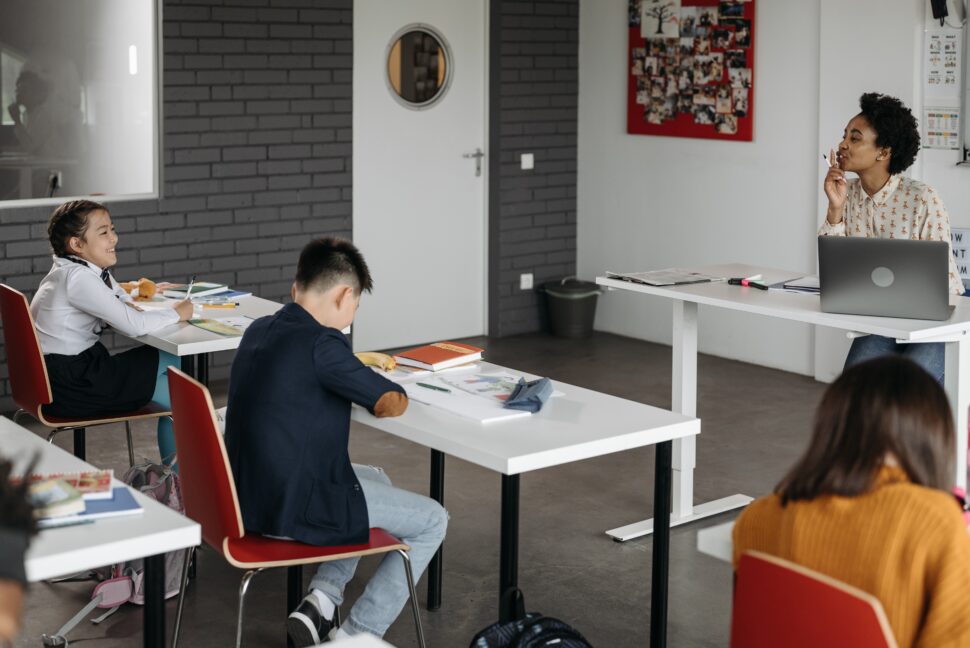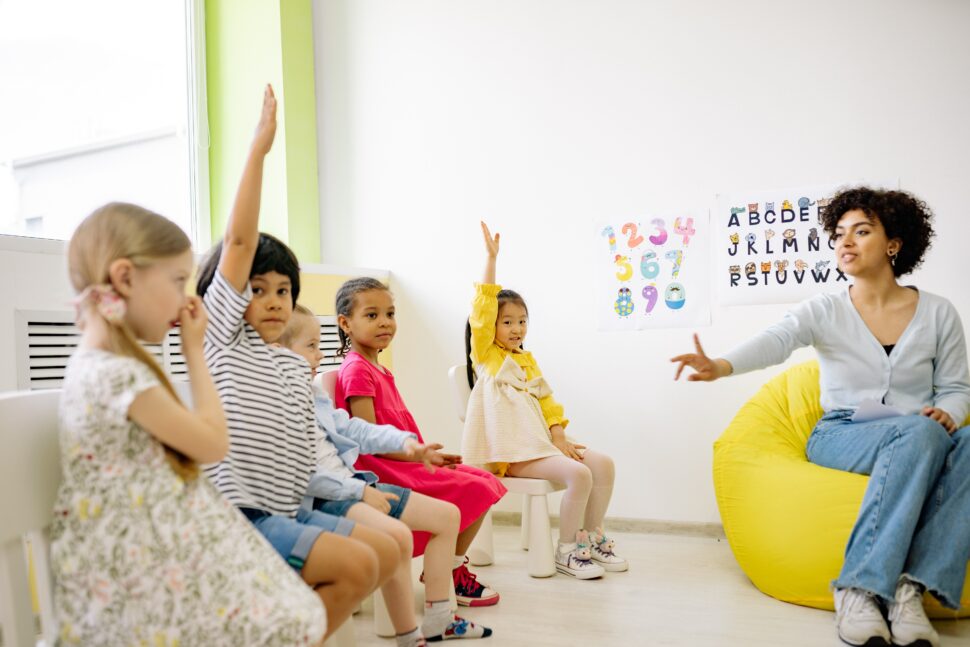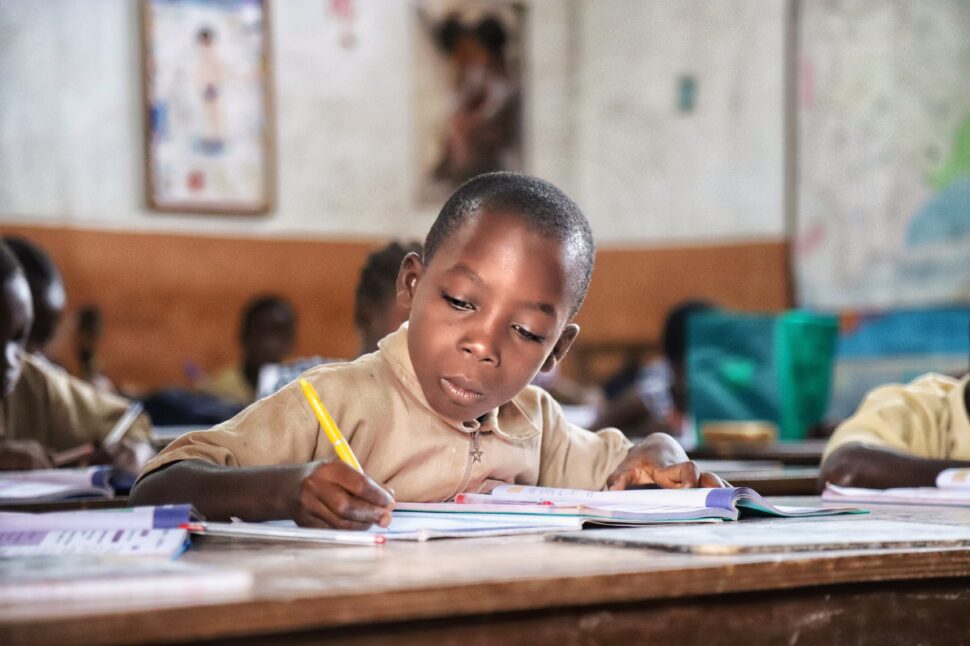Danielle Morton, 32, felt like she’d delayed teaching abroad as long as she could.
She’d been inspired to teach internationally since her college days. However, her nerves got the best of her. There didn’t seem to be enough money available to move overseas and teach. When she got into a relationship and her partner had no desire to move, the excuses seemed to suffocate her international dreams.
Finally, in 2019, she took the leap of faith.

“I know that if I looked back when I’m sixty, seventy or eighty, and I never even tried, I was going to kick myself forever about it,” Morton said.
When she headed to teach in Bangkok in 2019, Morton joined a slew of American teachers who aimed to teach abroad. According to the International TEFL Academy, approximately 250,000 native English speakers teach in countries around the world. Initially, Morton believed the process of teaching abroad would be difficult. However, she quickly realized getting overseas was easier than she’d thought.
Teaching & Living Abroad

After receiving her ESL certificate, Morton took a job as a kindergarten teacher at an international private school. She noticed that the majority of her students weren’t Thai and there was an emphasis on parents wanting their children to learn English early. She watched her students as they made strides in the language. However, she was simultaneously working through her own language barriers. The experience made Morton more empathetic towards foreign students who are still mastering English back in the States.
“Teaching in another country helped me to relate more to my students in this country who don’t speak English as their first language because I know what it’s like to be in a country where it’s not my first language and I had to figure it out,” she said.
Like Morton, Audraya Lee, 37, desired to experience working and living internationally. She decided to use her career as an avenue to living abroad so she took a job teaching in the UAE. Originally, she was contracted to work in the country for 3 years. Now, in her eighth year teaching abroad, Lee feels fulfilled in her experience.
While teaching in Abu Dhabi and Dubai, Lee has embraced the high level of safety she feels in her new home. Initially, she was surprised by how safe it was compared to the US. Feeling safe has allowed her to freely embrace a new culture.
“You would think living in the Middle East would be dangerous by watching things on the news and things you see in the media, but it’s actually one of the top five safest countries in the world to live in,” Lee said.
Difficulty Finding A Place “For Us”

For Lee, remaining open-minded is the key to living and teaching abroad. When she first relocated, she struggled to adapt to the different customs in the UAE. However, she grew accustomed to the difference.
While she would recommend teaching abroad to other Black educators, Lee said there is a lack of representation for African Americans in international teaching spaces.
“Sometimes you feel isolated or you’re the only person of color in the community so you rely on your outside school community to fulfill that homeliness and for a place of family friends, and accepted in a sense,” Lee said.
Kevina Harris, 37, also said diversity among international teaching staff is limited. She spent over 20 years teaching in Okinawa, Japan as a military spouse, and finding safe spaces for Black Americans to unwind was hard to find.
“Finding friends, especially in Japan, outside of the military community, there aren’t really black women or black spaces for us,” Harris said. “Whether it’s a place to relax, get our hair done, or just gather, it’s very far and in between.”
Although language barriers may arise depending on the destination, all three women described their experience teaching abroad as positive. While they don’t discount the experience of others, none of them had negative run-ins with locals. They embrace the opportunity to learn something new despite being outside of their comfort zones.
For Lee, it was an eye-opener to how much of the world there really is to see and teach.
“It was very enlightening to understand how things are done across the world, in a whole different county,” she said. “Seeing how some of the systems are the same, some are different…and what change we both need. We really can come together and form that change.”
